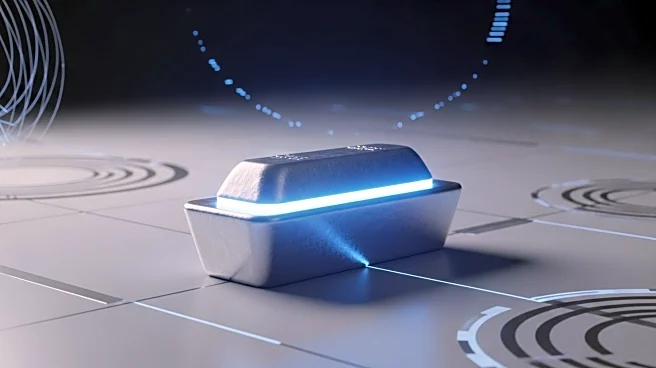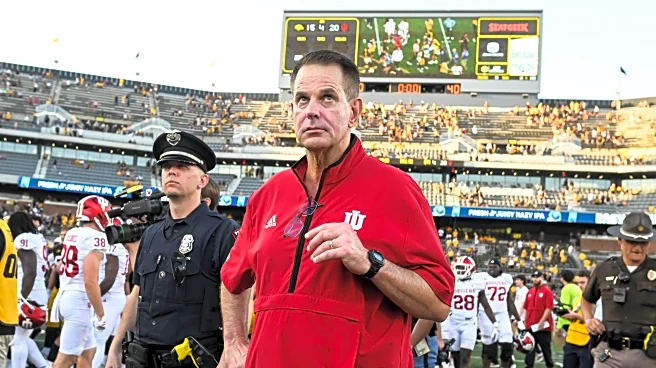What's Happening?
SSAB, in partnership with GE Vernova, has introduced SSAB Zero steel, a new form of steel produced using hydrogen-reduced iron and renewable energy sources. This innovation marks a significant step towards decarbonizing the steel industry, traditionally a major contributor to global carbon emissions. The steel is manufactured in Iowa, utilizing recycled materials and renewable energy, aligning with international decarbonization goals.
Why It's Important?
The development of zero-emission steel represents a major advancement in sustainable manufacturing, offering a scalable solution for reducing industrial carbon emissions. This innovation supports global efforts to transition to cleaner energy and could influence industry standards and practices. The collaboration between SSAB and GE Vernova exemplifies the potential for industry-wide sustainability initiatives.
What's Next?
The success of SSAB Zero steel could inspire other manufacturers to adopt similar technologies, accelerating the transition to a low-carbon economy. The steel's application in sectors like wind energy highlights its versatility and potential impact on various industries. Continued innovation and collaboration will be crucial for expanding these technologies globally.
Beyond the Headlines
The shift towards zero-emission steel reflects broader trends in industrial sustainability and the integration of clean energy solutions. This development may influence policy decisions and encourage further investment in green technologies.












